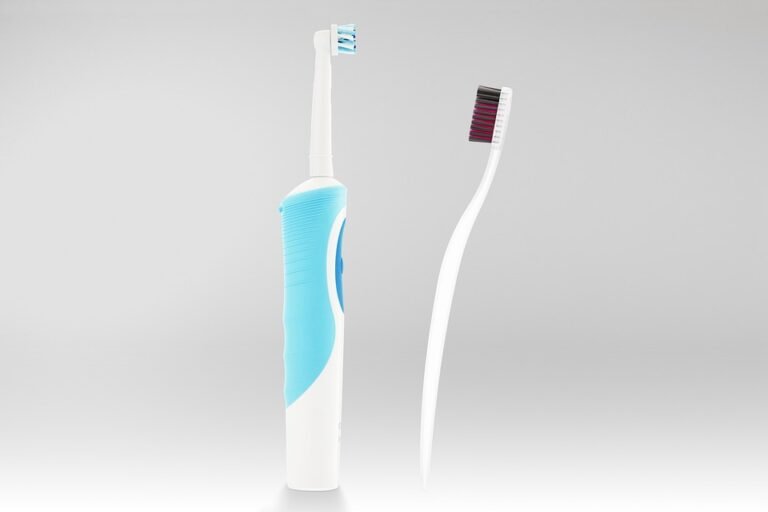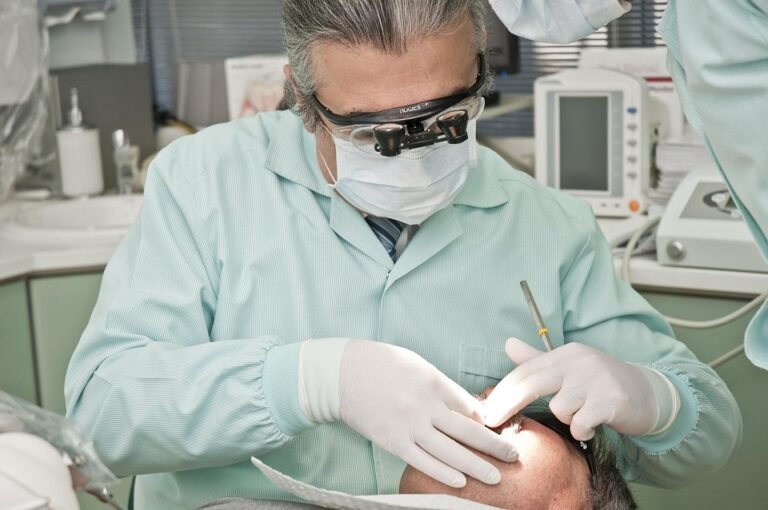What are the technological requirements for online dental education?
Okay, so I’m a professor at a dental school and we’re looking into expanding our program to include more online learning, maybe even a fully online option down the line. But honestly, I’m a bit clueless when it comes to the tech side of things. It’s not just about Zoom lectures, is it?
What kind of platforms are best suited for delivering dental curriculum? I’m thinking about things like interactive anatomy modules, simulations for procedures (like fillings or extractions), and even ways for students to practice diagnosing from radiographic images.
What kind of hardware and software are absolutely essential for students to have? Are we talking high-end computers with specific graphics cards? Should we provide them with tablets pre-loaded with relevant apps? And what about internet bandwidth – what’s the minimum acceptable speed for things to actually work smoothly?
Also, what about faculty training? We’ve got some professors who are digitally savvy, and others who… well, let’s just say they struggle with email. What kind of resources are available to help us train our faculty in using these new technologies effectively? We need to make sure they’re comfortable and confident delivering instruction online.
And finally, what about security? We’re dealing with sensitive patient data (even in simulated scenarios), so how do we ensure that all of this is secure and HIPAA compliant? What kind of encryption and security protocols do we need to have in place? We don’t want any data breaches!
Answer
Online dental education, encompassing various formats like webinars, virtual labs, simulations, and hybrid learning models, requires a robust technological infrastructure and a suite of software and hardware components to deliver effective and engaging educational experiences. These requirements can be broadly categorized into hardware, software, network infrastructure, and security protocols.
I. Hardware Requirements:
A. For Instructors/Educators:
- High-Performance Computer: A desktop or laptop computer with a powerful processor (e.g., Intel Core i7 or AMD Ryzen 7 or higher), ample RAM (16 GB or more), and a dedicated graphics card (GPU) is crucial for running resource-intensive dental software, simulations, and video conferencing applications.
- High-Resolution Monitor(s): Multiple monitors, or a large, high-resolution display, enhance productivity by allowing instructors to manage multiple applications simultaneously (e.g., presentation software, student chat windows, simulation software).
- High-Definition Webcam: A high-quality webcam capable of capturing clear video is essential for live lectures, demonstrations, and interactive sessions. External webcams often offer superior image quality compared to built-in options.
- Professional-Grade Microphone and Headset: Clear audio is paramount. A dedicated microphone (e.g., USB microphone) and a noise-canceling headset ensure optimal audio quality and minimize background noise during lectures and discussions.
- Graphics Tablet/Stylus: For drawing, annotating, or illustrating dental procedures in real-time, a graphics tablet and stylus provide a natural and intuitive input method.
- Dental Imaging Equipment (Optional but Highly Beneficial): If the course involves analyzing radiographs, CBCT scans, or intraoral images, having access to dental imaging software and viewers is necessary. Ideally, instructors should have the hardware and software to demonstrate manipulation and analysis of these images.
- 3D Scanner (Optional): For courses that demonstrate scanning techniques or digital workflow, a 3D scanner is required.
- 3D Printer (Optional): For courses that demonstrate digital workflow and designing dental prostheses, a 3D printer is necessary for printing the final restoration.
- Dental Simulation Equipment (if applicable): For courses that use dental simulators, the necessary equipment for the simulation is required.
B. For Students:
- Computer: A computer (desktop or laptop) that meets the minimum system requirements for the course software and learning management system (LMS). Recommended specifications include at least an Intel Core i5 or AMD Ryzen 5 processor, 8 GB of RAM, and a dedicated graphics card (GPU) if simulations or CAD/CAM software are used.
- Webcam: A functional webcam for participating in live sessions, group discussions, and virtual examinations.
- Microphone and Headphones/Earbuds: A microphone and headphones (or earbuds) are needed for clear audio communication during online sessions. Noise-canceling headphones are beneficial for minimizing distractions.
- Tablet or Touchscreen Device (Optional): While not essential, a tablet or touchscreen device can be helpful for annotating lecture slides, taking notes, and interacting with course materials.
II. Software Requirements:
A. Learning Management System (LMS):
- Platform Functionality: A robust LMS is essential for managing course content, assignments, assessments, communication, and student progress. Common LMS platforms include Canvas, Blackboard, Moodle, and D2L Brightspace.
- Features: The LMS should support features such as:
- Content delivery (uploading documents, videos, presentations)
- Assignment submission and grading
- Discussion forums
- Quizzes and exams (including automated grading)
- Video conferencing integration
- Gradebook management
- Reporting and analytics
B. Video Conferencing Software:
- Real-Time Interaction: Software like Zoom, Microsoft Teams, Google Meet, or Webex enables live lectures, demonstrations, Q&A sessions, and group discussions.
- Features: Essential features include:
- Screen sharing
- Breakout rooms (for small group work)
- Chat functionality
- Polling and surveys
- Recording capabilities
C. Dental Simulation Software:
- Realistic Training: Dental simulation software provides a virtual environment for students to practice various dental procedures (e.g., cavity preparation, crown preparation, endodontic treatment) without the risks associated with real patients.
- Examples: Examples include Simodont Dental Trainer, DentSim, and PERIOSIM.
- Integration: Ideally, the simulation software should integrate with the LMS to track student performance and provide feedback.
D. Dental Imaging Software:
- Diagnostic Skills: Software for viewing, manipulating, and analyzing dental radiographs, CBCT scans, and intraoral images is crucial for developing diagnostic skills.
- Examples: Examples include DICOM viewers (e.g., OsiriX, Blue Sky Plan), and proprietary software from dental imaging equipment manufacturers.
E. CAD/CAM Software (Optional):
- Digital Dentistry: For courses focusing on digital dentistry, CAD/CAM software allows students to design and fabricate dental restorations (e.g., crowns, bridges, veneers) virtually.
- Examples: Examples include exocad DentalCAD, 3Shape Dental System, and CEREC software.
F. Presentation Software:
- Engaging Lectures: Software like Microsoft PowerPoint, Google Slides, or Keynote enables instructors to create visually appealing and informative presentations.
G. Screen Recording Software:
- Asynchronous Learning: Software like OBS Studio, Camtasia, or Screencast-O-Matic allows instructors to record lectures, demonstrations, and tutorials for students to access asynchronously.
H. Collaboration Tools:
- Group Projects: Tools like Google Docs, Microsoft Office Online, or shared whiteboards (e.g., Miro, Mural) facilitate collaborative work on group projects and assignments.
III. Network Infrastructure:
A. High-Speed Internet Access:
- Reliable Connectivity: Both instructors and students require reliable, high-speed internet access to participate in live sessions, stream videos, download course materials, and upload assignments.
- Bandwidth Requirements: Minimum recommended bandwidth is 10 Mbps download and 5 Mbps upload, but higher bandwidth is preferable for video conferencing and simulations.
B. Stable Network Connection:
- Wired Connection (Recommended): A wired Ethernet connection provides a more stable and reliable connection than Wi-Fi, especially during live sessions and resource-intensive activities.
- Wi-Fi Router: If using Wi-Fi, a modern router that supports the latest Wi-Fi standards (e.g., Wi-Fi 6) and is properly configured is essential.
IV. Security Protocols:
A. Data Encryption:
- Protecting Sensitive Information: All communication and data storage should be encrypted to protect sensitive student and patient information from unauthorized access.
B. Secure Authentication:
- User Identification: Strong authentication methods, such as multi-factor authentication (MFA), should be implemented to verify user identities and prevent unauthorized access to the LMS and other online resources.
C. Regular Security Audits:
- Vulnerability Assessment: Regular security audits and vulnerability assessments should be conducted to identify and address potential security risks.
D. Compliance with Privacy Regulations:
- HIPAA and GDPR: Online dental education programs must comply with relevant privacy regulations, such as HIPAA (Health Insurance Portability and Accountability Act) in the United States and GDPR (General Data Protection Regulation) in Europe, to protect patient privacy.
E. Antivirus and Malware Protection:
- System Security: Both instructors and students should have up-to-date antivirus and anti-malware software installed on their computers to protect against malware and cyber threats.
In summary, the technological requirements for online dental education are extensive and encompass a range of hardware, software, network infrastructure, and security protocols. Meeting these requirements is essential for delivering high-quality, engaging, and secure online learning experiences for dental students and professionals.


